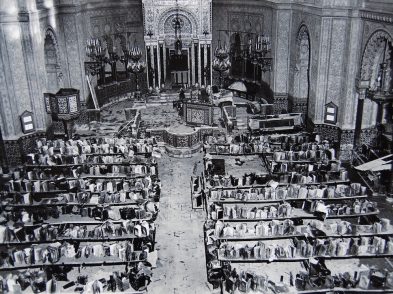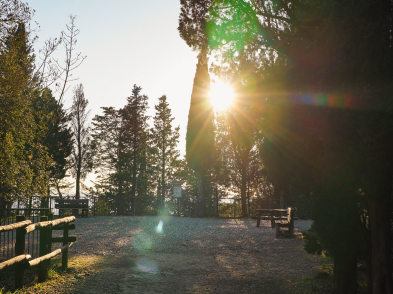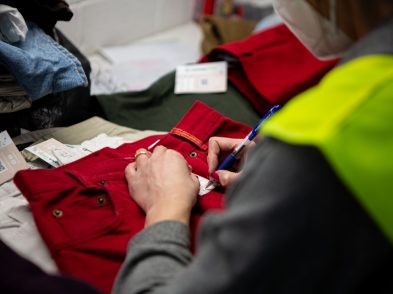In TF 137, we discovered medieval street names related to the textile trade. Now let’s look at some even older streets.
If anyone ever tries to sell you a ‘light-filled apartment’ on via delle Burella you can tell him that it is an oxymoron. For the word burella derives from the Latin burius, from which we get buio (‘dark’) in modern Italian. This street name is one of Florence’s oldest, as it has not changed since Roman times. The narrow street’s tall medieval houses grew up above the network of dark passageways that characterized this part of the Roman city, right near the amphitheatre. While these noble palazzi housed nuns at one point (at numbers 1 and 8), their ancient basements housed prisoners and prostitutes. The Signoria (city government) used these burelle before the city built a jail on nearby via Isola delle Stinche (a name that has nothing to do with odour); afterwards, the turpid spaces were employed by the lowest classes of working ladies.
According to authors Bargellini and Guarnieri, only six street names in Florence are directly related to the ancient Roman city, and none of the others have such an excitingly shady history. For example, via del Parlascio (today just an alleyway) is simply an evolution of the Greek word for circular space (perielason), that is, the nearby roman amphitheater. Via delle Terme can be similarly explained by the long-gone public bathhouses located there. Not far from the baths was via di Capaccio, named for being at the head (caput) of the aqueduct, but it is no longer a street of any importance. And on via del Campidoglio, outside of Florence proper, near Ponte a Ema, you can still see some of the green fields for which it was named back in Roman times.
In the center of Florence, only vicolo Marzio provides some satisfaction for history geeks, who will be happy to learn that Dante mentions this place named after Mars and marked by an equestrian statue that medieval Florentines believed to be of the god to whom the ancient city was dedicated. This idol was moved from the Baptistery to the edge of Ponte Vecchio, apparently in the hopes that it would eventually disappear into the Arno, which did happen during the flood of 1333. Poor Mars was blamed for everything that went wrong in the city, from one man’s suicide to the war between the Guelfs and the Ghibellines: an illustration in the medieval Chronicle of Villani shows this statue of Mars overlooking the assassination of Buondelmonte dei Buondelonti in 1216, the event that spurred more than a century of civic unrest.
The Roman imprint on the map of Florence will always be clear in the grid arrangement of the streets, but little of this ancient past remains in their naming. In the middle ages, Florentines used street names to describe residents; in the Renaissance, to honour families; and during the unification of Italy, to glorify leaders-each time changing the theoretical but not physical identity of their town.







